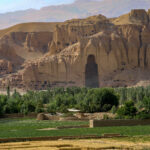
Introduction
Some trips are planned for months… and some just happen.
My recent journey to Afghanistan was one of those beautiful, unexpected adventures — the kind that remind you why you fell in love with travel in the first place.
I was already exhausted yet satisfied after leading back-to-back motorcycle tours across Pakistan, first with a Brazilian group exploring the mountains from 10 to 24 September, and then with a German group covering the legendary landscapes of Kaghan Valley, Astore, Deosai, Skardu, Khaplu, Hunza, Shimshal, Gilgit, Phandar, Booni, Chitral, Kalash, Swat, and finally back to Islamabad. By the time I dropped them off on 14 October, I told myself, “Bas… now I’ll finally rest.”
But travel has its own magical plans.
One of our clients, Craig Kelly from New Zealand, asked if Saiyah Travel could arrange an extension to Afghanistan starting 21 October. I helped him plan it — but secretly, the travel bug bit me again.
So on 20 October, I booked my own ticket, flew out a day earlier, and surprised Craig right at Kabul Airport. His first words were:
“Do you have magic? You were in Islamabad yesterday!”
Craig Kelly
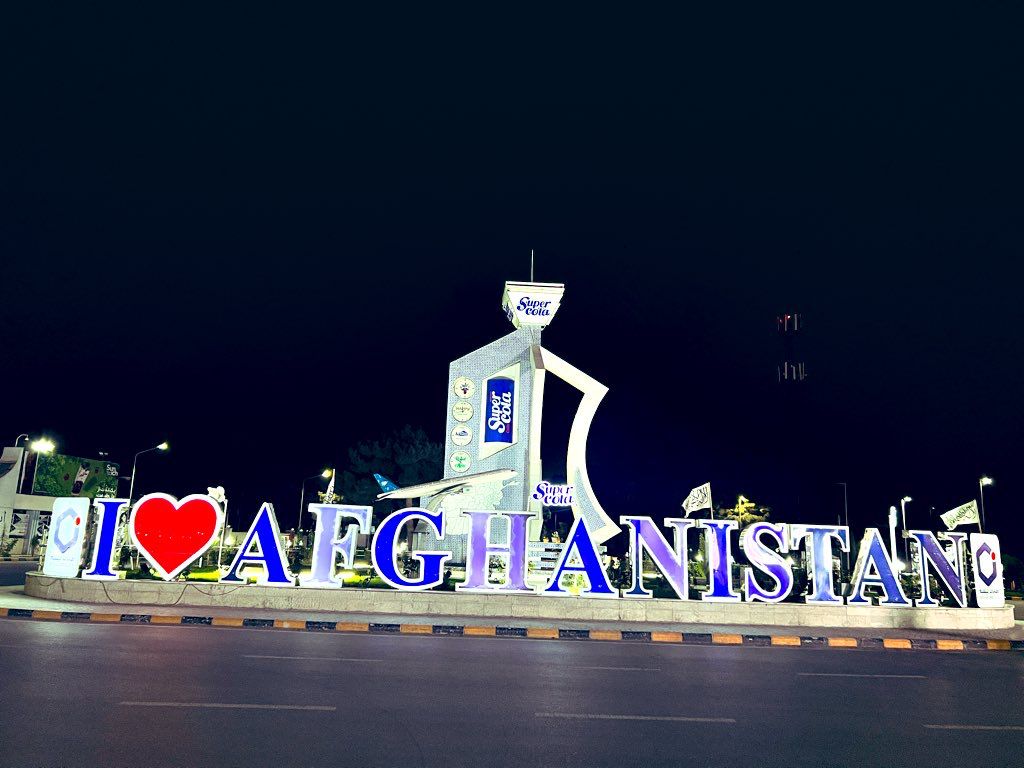
And that’s how this unexpected Afghan journey began.
Kabul Nights & Afghan Hospitality
After receiving Craig, I took him to one of Kabul’s finest restaurants, Ziyafat, for a warm Afghan welcome. We ordered Malung, Hummus, and Beef Tikka — simple, local flavors that instantly win your heart. Later, I dropped him at Khyber Hotel, while I prepared for our next day’s exploration of the Afghan capital.
A Glimpse of Kabul
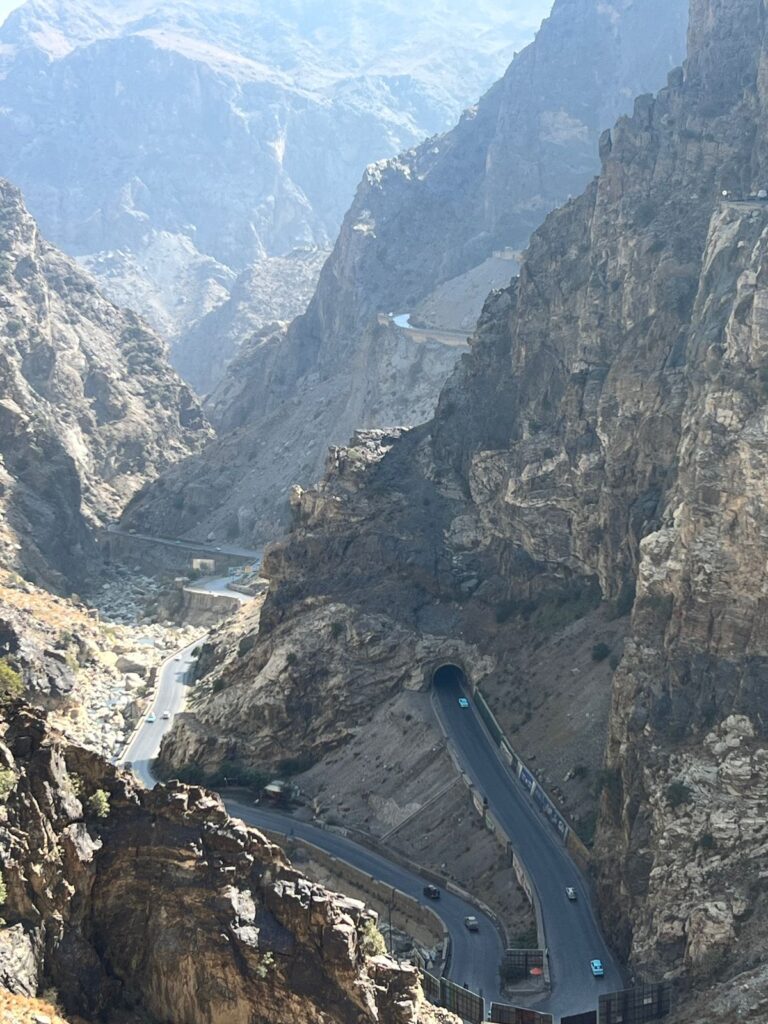
Kabul is a city with layers, history, culture, chaos, and charm all mixed together. We started the morning by driving up to Mahipar, enjoying the twisting mountain roads and the panoramic view of Kabul city.
From there, we explored:
- Chicken Street (famous for antiques and crafts)
- Shah Do Shamshera Mosque
- The lively bird market
- And finally, the peaceful Bagh-e-Babur (Babar’s Garden)
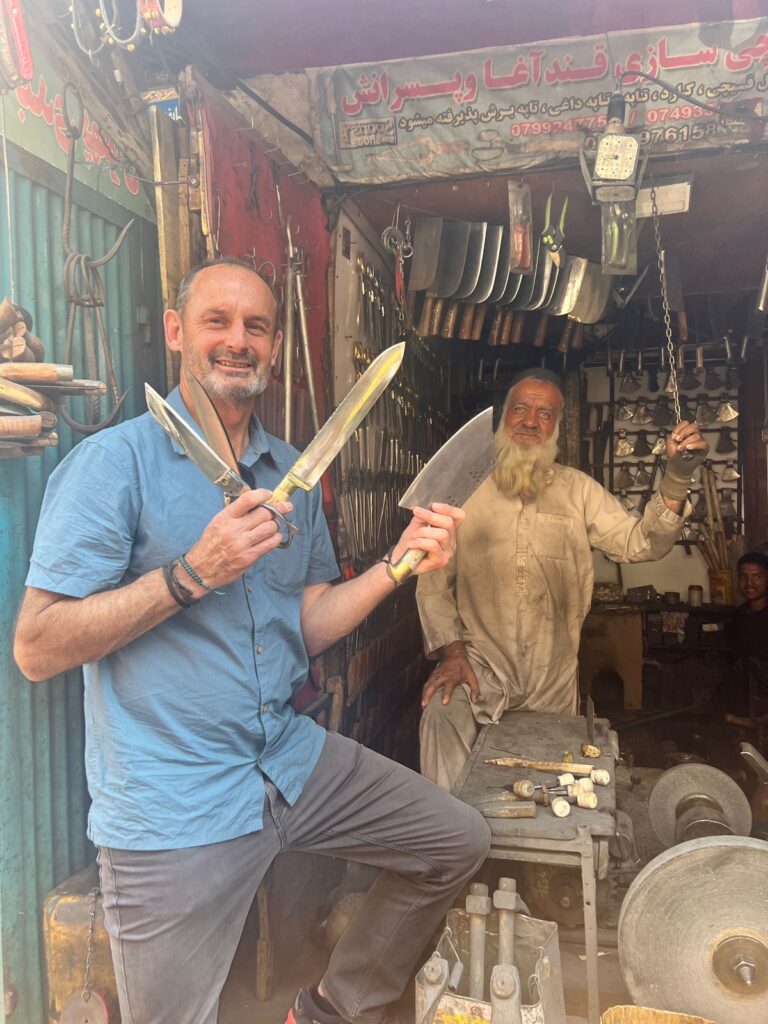

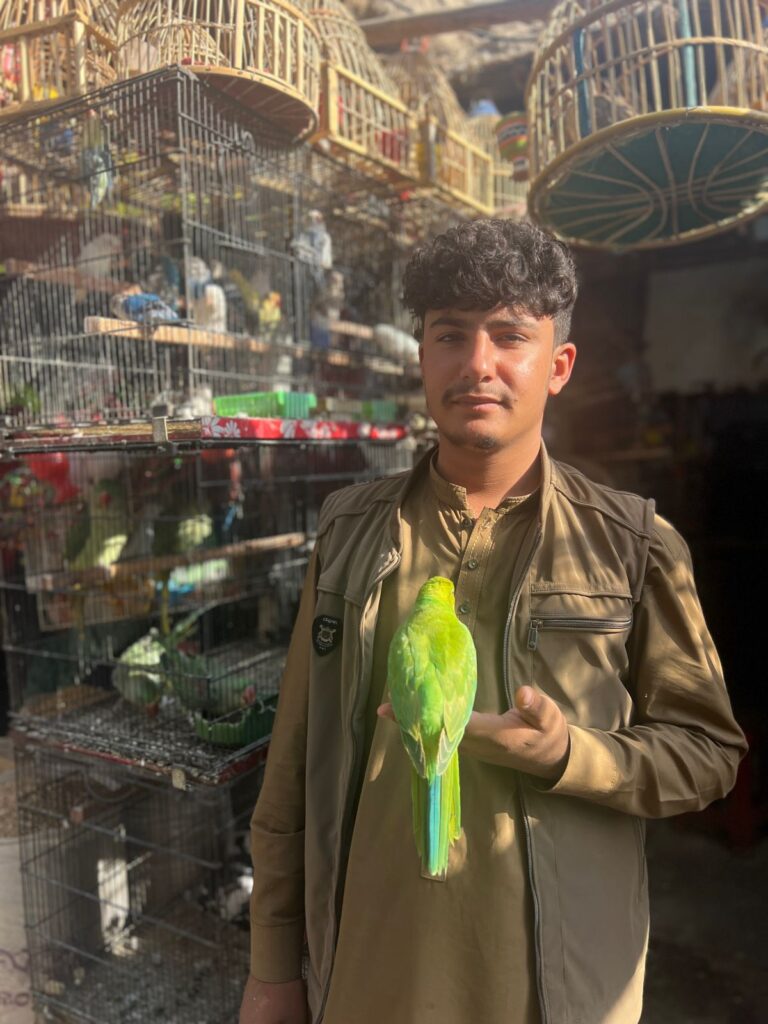
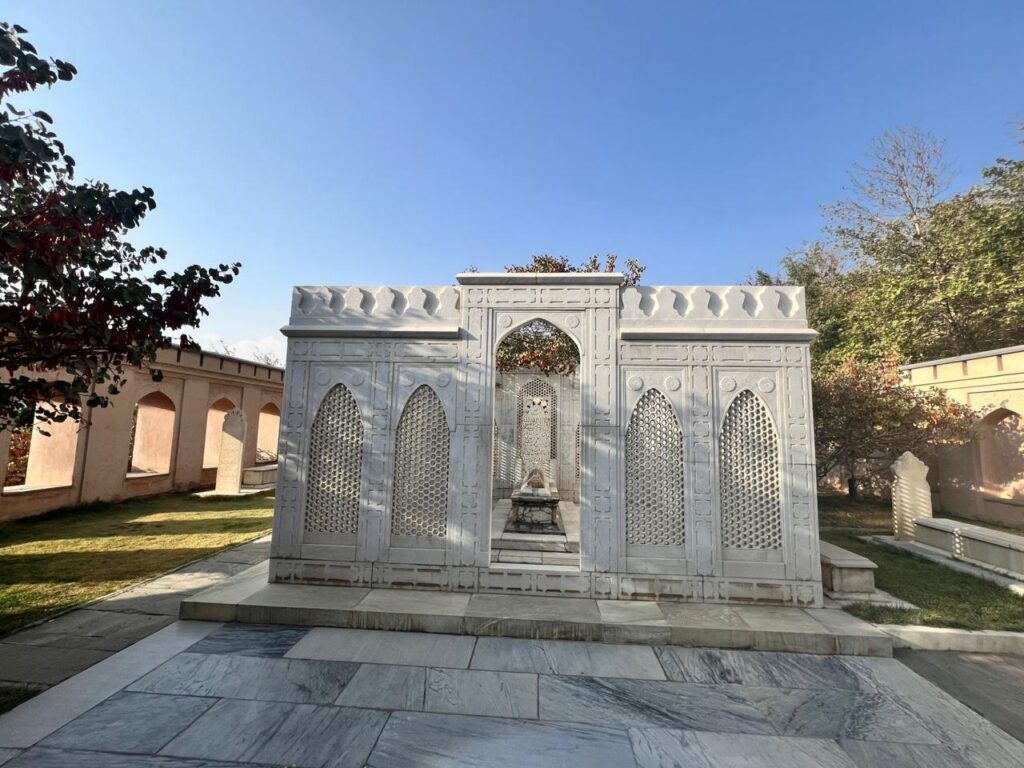
The weather in Kabul, Afghanistan was perfect crisp, cool, and ideal for walking through bazaars. Our permits for the rest of the trip were arranged by Afghan Explorer, and by evening, everything was perfectly on track.
Into the Storybook Valley of Bamiyan
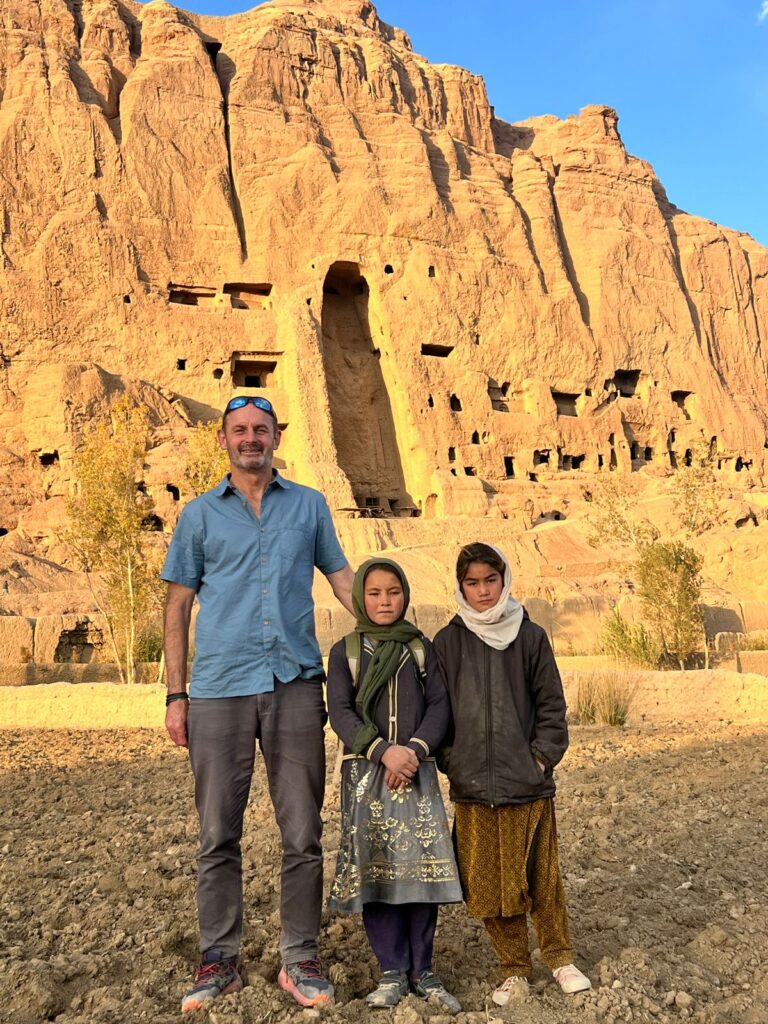
We left Kabul at 8:30 AM, taking the scenic route via Maidān Wardak toward Bamiyan, a region famous for the Buddhas of Bamiyan, ancient Silk Road history, and dramatic landscapes.
By lunchtime, we reached Bamiyan and went straight to Shahr-e-Gholghola, also known as the City of Screams. The lighting was perfect, the ruins glowing golden, and the view of the towering niches of the Bamiyan Buddhas in the background felt surreal. Later, we visited the sites of the 55-meter and 38-meter Buddha statues destroyed in 2001. Standing before those massive empty niches, one feels both sadness and awe. This place carries stories… and silence. We checked into Noor Band Guesthouse, where hot showers and fast Wi-Fi felt like a blessing after a long travel day.

Band-e-Amir: Afghanistan’s Blue Paradise
At 9 AM, we drove toward the stunning Band-e-Amir National Park, home to Afghanistan’s famous turquoise lakes. We visited Band-e-Zulfiqar, clicked endless photos, and chatted with locals who kept mistaking Craig for a New Zealand cricket player — naturally, because Afghanistan loves cricket. Lunch was a simple dish of eggs and tomatoes, yet it tasted like an Afghan version of Italian red sauce pasta.

In the evening, we visited the women’s bazaar in Bamiyan where we bought beautiful Afghan kilim rugs to support the local artisans. These authentic Afghanistan kilim rugs are woven with stories, tradition, and incredible craftsmanship.

The Long Road to Mazar-e-Sharif
This was our toughest day. We had two route options to Mazar-e-Sharif, Afghanistan:
A shorter but extremely rough off-road track. The longer main highway via Pol-e-Matak and the Salang Tunnel. We chose the safer main road and still, the journey took 16 hours. By the time we reached Mazar-e-Sharif city, we were too tired for dinner. We just ate fresh fruit and crashed
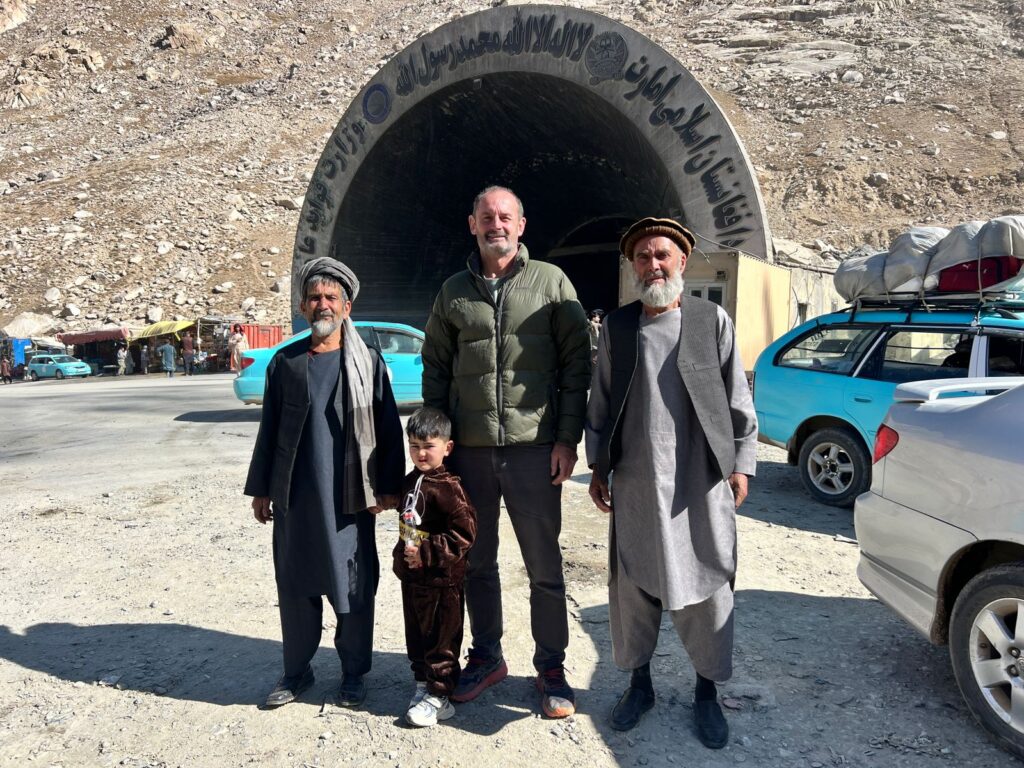

Exploring Balkh, Rabia Balkhi & The Blue Mosque
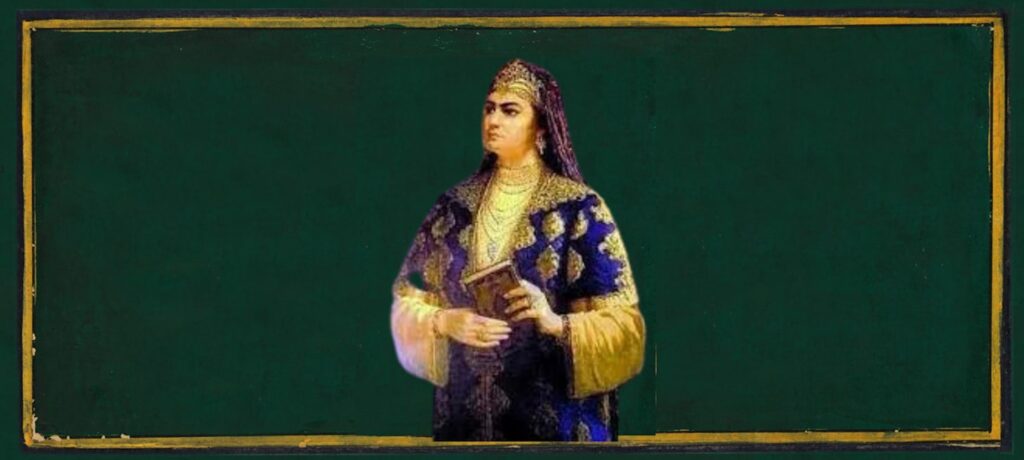
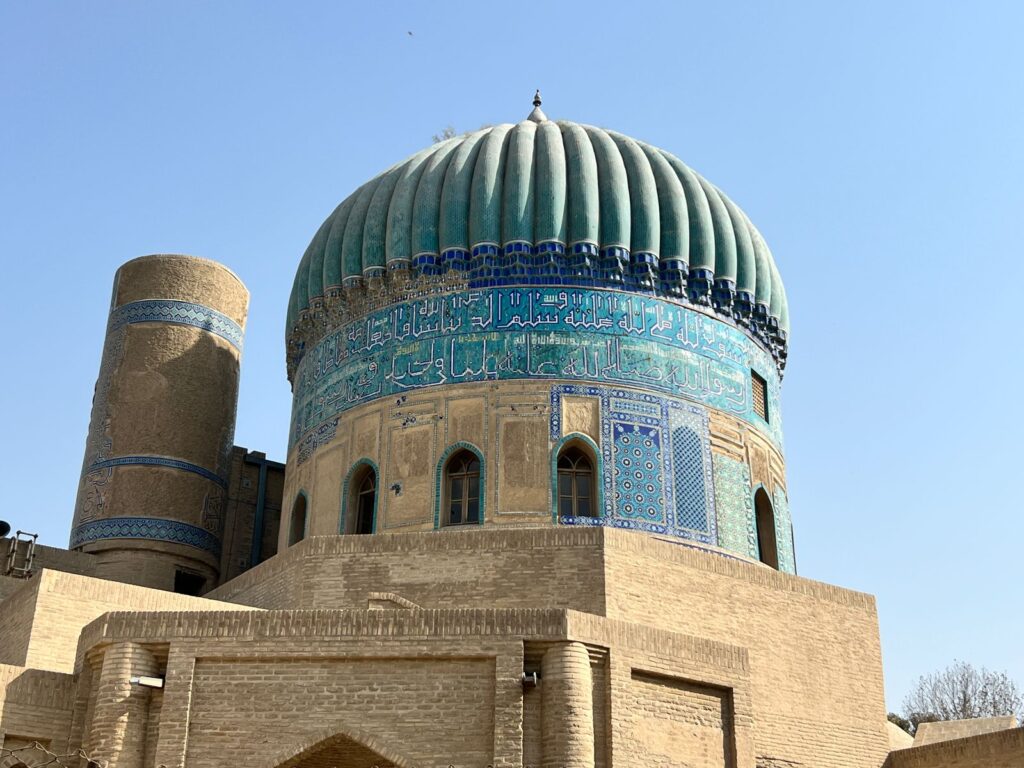
In the morning, we visited the ancient city of Balkh, once known as the “Mother of All Cities.” Our first stop was the tomb of Rabia Balkhi, believed to be the first female poet of Persian and Arabic literature.
We also visited:
- Masjid-e-Nau Gumbad (the mosque of Nine Domes)
- Shrine of Ali (Imam Ali Tomb), also known as The Blue Mosque of Afghanistan
- The lively local bazaar of Mazar-e-Sharif
The dazzling blue tiles of the Blue Mosque (or Mazar-i-Sharif) are hypnotic — one of the most iconic sites in Afghanistan Mazar-e-Sharif city. Craig decided he wanted to fly back to Kabul the next morning, but I chose to drive alone to gain more experience for future Saiyah Travel guests.

Back to Kabul (Solo Road Adventure)
I dropped Craig at the airport at 5 AM and continued my 12+ hour journey back to Kabul through the mountains. Traffic near the entrance to Kabul was chaotic, but I made it by evening. We reunited for dinner, sharing stories over Afghan pizza.
Farewell to Afghanistan
Early morning, I dropped Craig at Kabul Airport for his flight to Dubai. My own flight to Islamabad was at 14:50. As I sat on the plane, I realized how unexpectedly beautiful this trip was — a journey filled with history, hospitality, breathtaking landscapes, and warm Afghan smiles.
Sometimes the best adventures are the ones you never planned.
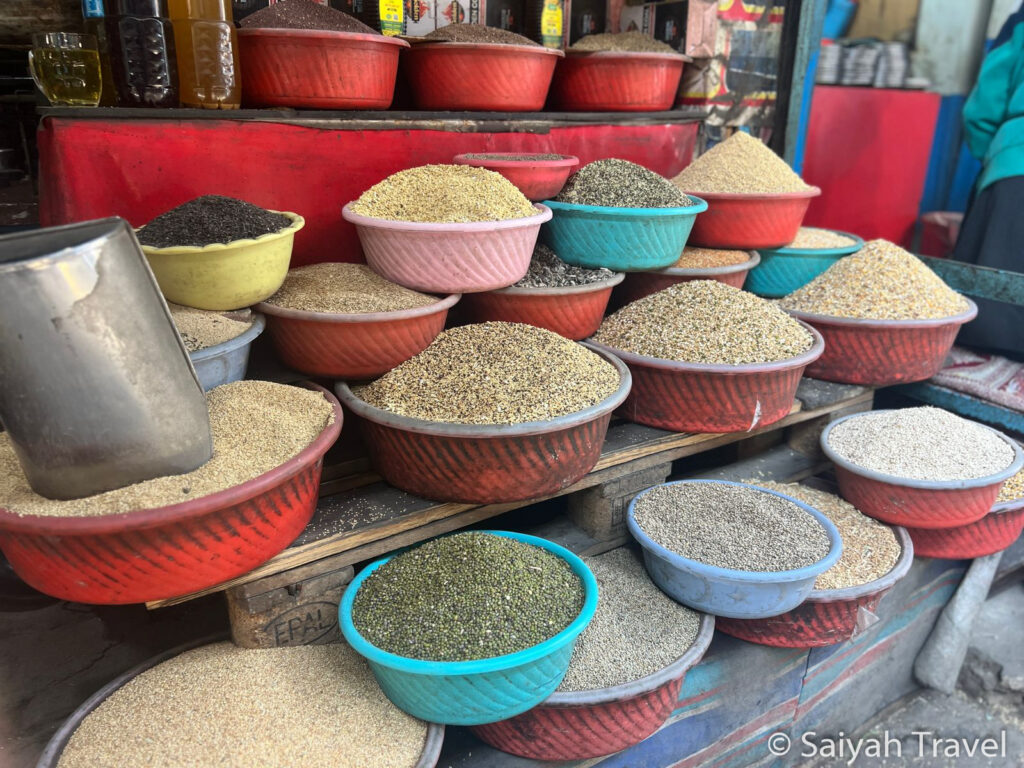

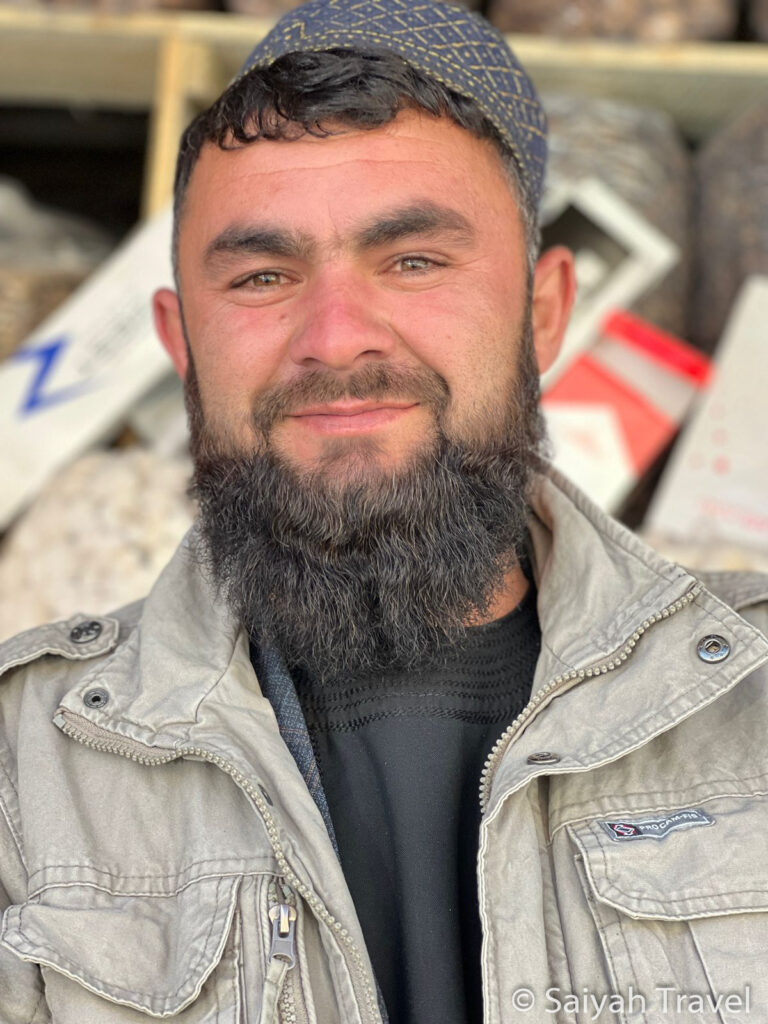
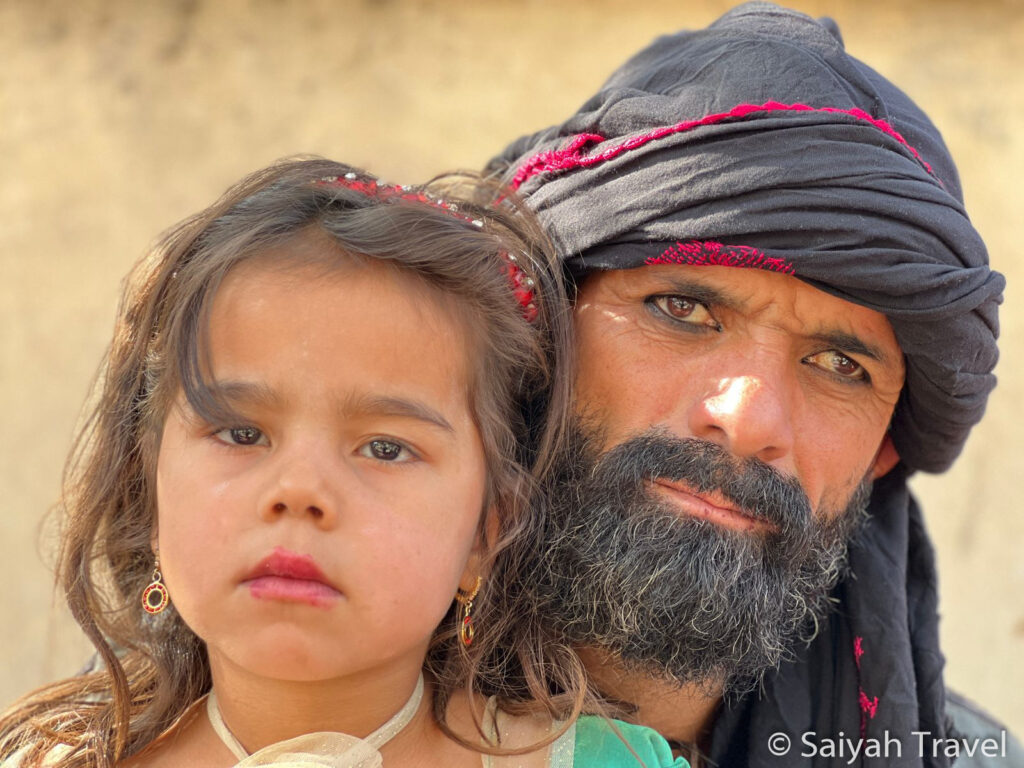
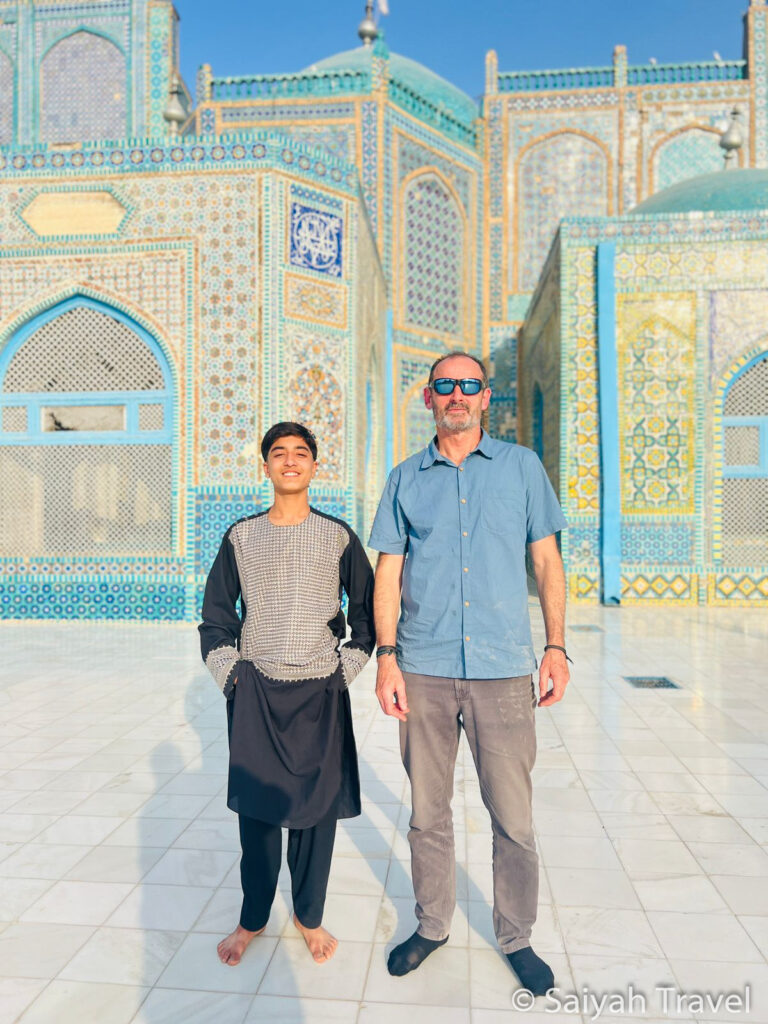
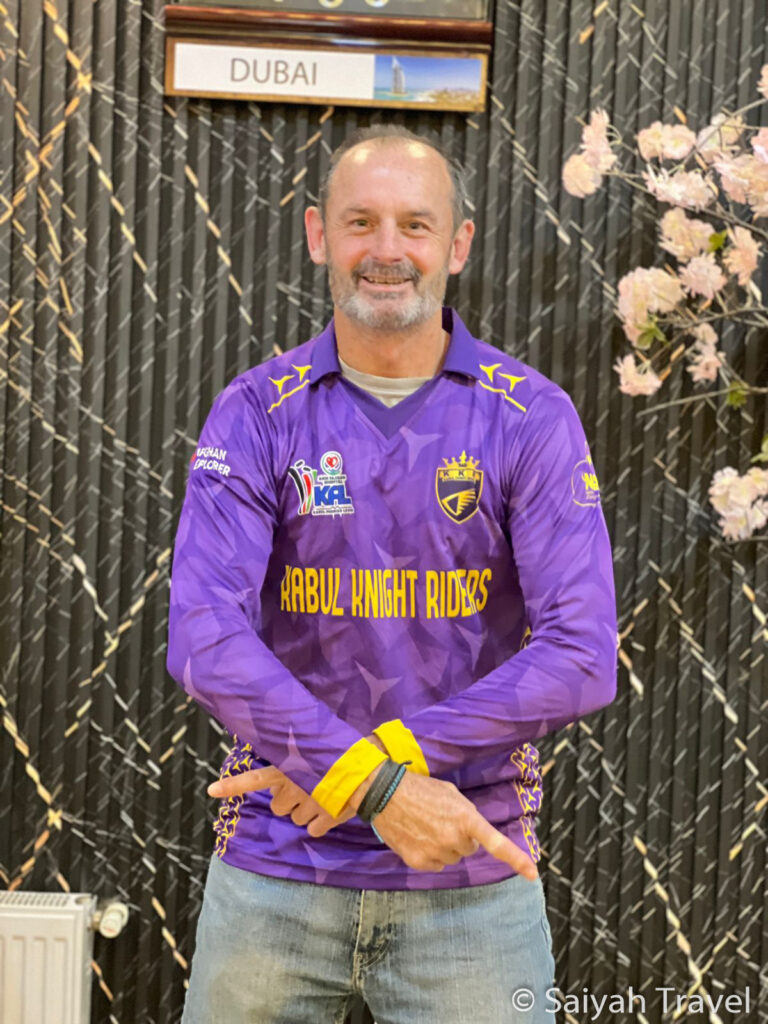
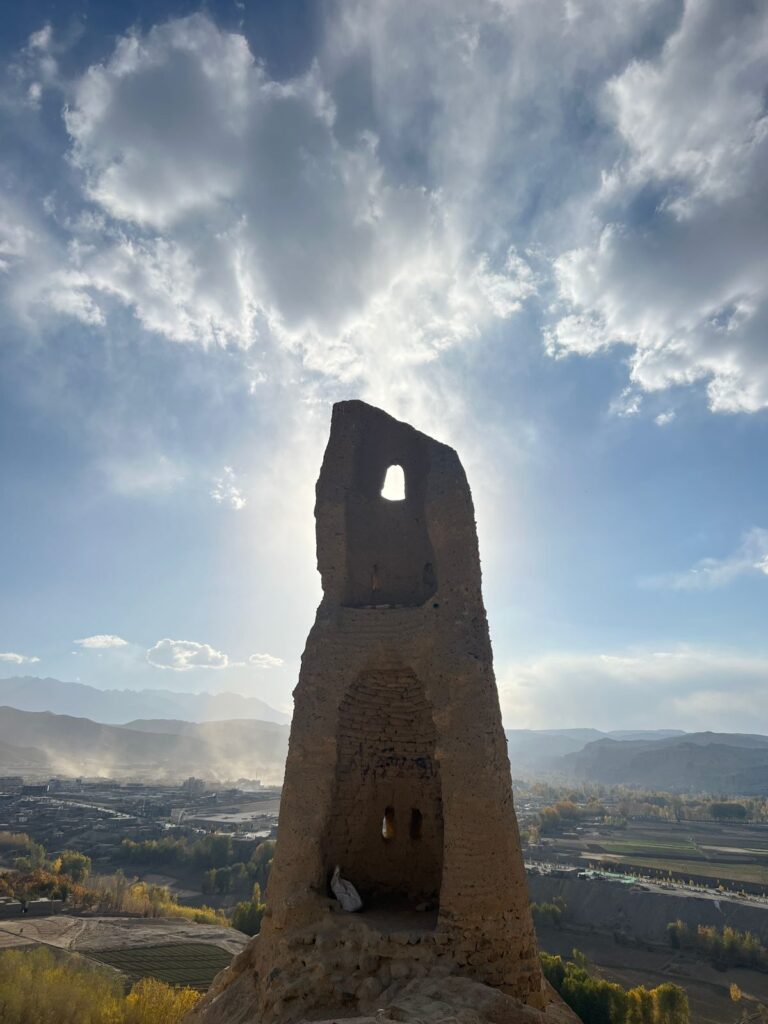


About the Author
Yousaf Akhtar
Exploring the world since forever
Frequently Asked Questions (FAQs)
Where is Mazar-e-Sharif in Afghanistan?
Mazar-e-Sharif is a major city located in northern Afghanistan, close to the border with Uzbekistan. It’s famous for the stunning Blue Mosque (Shrine of Ali), vibrant bazaars, and its deep cultural heritage.
What is the Blue Mosque in Mazar-e-Sharif?
The Blue Mosque, also known as the Shrine of Ali or Imam Ali Tomb, is the heart of Mazar-e-Sharif city. Its blue-tiled architecture and peaceful courtyard make it one of the most iconic landmarks in Afghanistan.
What’s the capital of Afghanistan?
The capital of Afghanistan is Kabul, a bustling city known for its ancient markets, scenic hills, and historic sites like Bagh-e-Babur and Shah Do Shamshera Mosque.
How is the weather in Kabul, Afghanistan?
Kabul weather varies by season — winters are cold with possible snowfall, while summers are warm and dry. Spring and autumn offer the best climate for sightseeing and road travel.
What can travelers see in Bamiyan, Afghanistan?
Bamiyan is known for the ancient Buddhas of Bamiyan, the dramatic valley landscapes, and historical sites like Shahr-e-Gholghola (City of Screams). It remains one of Afghanistan’s most peaceful and scenic regions.
What is Band-e-Amir National Park?
Band-e-Amir is Afghanistan’s first national park, home to a series of turquoise lakes surrounded by dramatic cliffs. Popular spots include Band-e-Zulfiqar and Band-e-Amir Lake — perfect for photography and nature lovers.
Are there good guesthouses in Bamiyan?
Yes, Bamiyan has several comfortable options. One of the most traveler-friendly places is Noor Band Guesthouse, known for its hot showers, Wi-Fi, and warm Afghan hospitality.
What is the history behind the Buddhas of Bamiyan?
The Bamiyan Buddhas were monumental 55m and 38m statues carved into the cliffs during the 6th century. Though destroyed in 2001, their niches remain an important cultural and archaeological landmark in Bamyan, Afghanistan.
Can visitors buy kilim rugs in Afghanistan?
Absolutely. Afghan kilim rugs are handmade, colorful, and rich in cultural symbolism. Markets in Bamiyan, Kabul, and Mazar-e-Sharif offer beautiful kilims woven by local women artisans.
What is special about Balkh and Rabia Balkhi?
Balkh is one of the oldest cities in the region. Travelers often visit the tomb of Rabia Balkhi, a legendary female poet known for writing in both Persian and Arabic. It’s a meaningful cultural stop near Mazar-e-Sharif.
Is it easy to travel between Kabul, Bamiyan, and Mazar-e-Sharif?
Travel is possible by road and sometimes by domestic flights. The route between Kabul, Bamiyan, and Mazar-e-Sharif offers breathtaking scenery but can be long, especially through the Salang Tunnel. Saiyah Travel can arrange safe logistics and updated route information.
Where can I find authentic information about Afghanistan for travel?
For trusted travel insights, cultural details, and itinerary planning, Saiyah Travel provides up-to-date information about Afghanistan, including cities like Mazar-e-Sharif, Bamiyan, Band-e-Amir, and Kabul.

